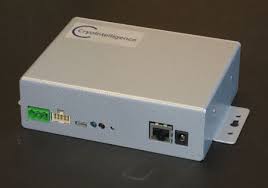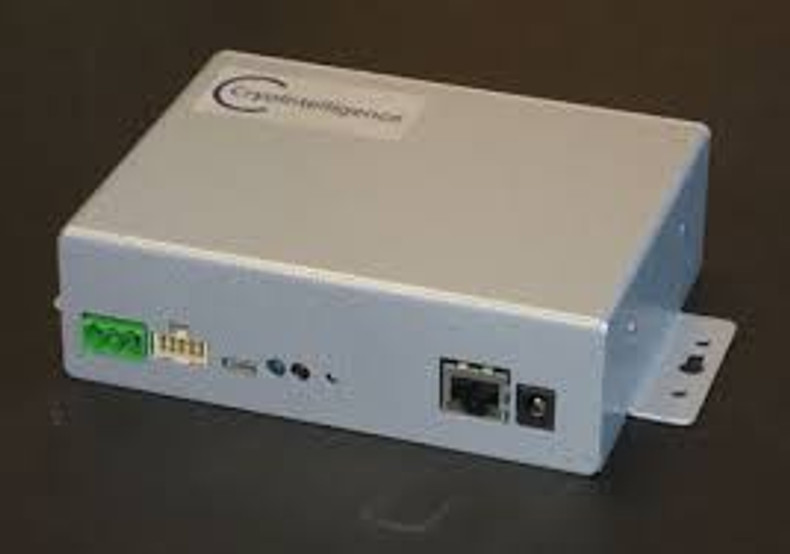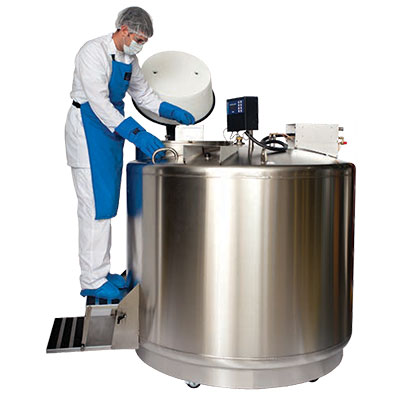In the realm of scientific research, the preservation of delicate samples and materials at ultra-low temperatures is a cornerstone of innovation. Liquid nitrogen (LN2) freezers play a vital role in this process, enabling researchers to store and protect critical samples. However, the safe and efficient operation of LN2 freezers relies on a sophisticated companion: the LN2 freezer monitoring system. In this blog post, we explore the essential functions and benefits of these monitoring systems in ensuring the integrity of both samples and the environment.
**Safeguarding Samples Through Precise Monitoring**
LN2 freezers create an environment of extreme cold, preserving sensitive biological samples, tissues, and cells for future research and medical applications. LN2 freezer monitoring systems act as vigilant guardians of this environment by continuously tracking various parameters, ensuring that conditions remain optimal.

1. Temperature Monitoring: A Key to Viability
Maintaining the right temperature is paramount to sample viability. LN2 freezer monitoring systems meticulously track the internal temperature, alerting personnel if deviations occur. This feature prevents inadvertent temperature fluctuations that could compromise the quality of stored samples.
2. Managing LN2 Levels: A Steady Supply
LN2 freezers require a constant supply of liquid nitrogen to sustain their subzero temperatures. Monitoring systems keep a watchful eye on LN2 levels, notifying users when replenishment is needed. This functionality ensures a seamless supply chain, preventing unexpected interruptions that might jeopardize samples.
3. Oxygen Gas Monitoring: Safety First
As LN2 evaporates, it releases nitrogen gas that can displace oxygen. LN2 freezer monitoring systems monitor the oxygen levels in the vicinity, ensuring a safe environment for personnel. If oxygen levels drop, alarms are triggered to alert personnel, enabling them to take immediate precautions.
**Early Warnings: Alarms and Notifications**
A core feature of LN2 freezer monitoring systems is their ability to issue alarms and notifications. When predefined thresholds are crossed—be it temperature spikes, low LN2 levels, or oxygen depletion—audible and visual alerts are sounded. This ensures that personnel are promptly informed of potential issues, enabling swift intervention.
**Data Logging for Compliance and Analysis**
Monitoring systems provide more than real-time alerts; they offer historical data through comprehensive data logging. This information is invaluable for compliance purposes, quality control assessments, and trend analysis. Researchers can assess patterns, make informed decisions, and demonstrate adherence to regulatory requirements.
**Remote Monitoring: Anytime, Anywhere**
In the era of digital connectivity, many LN2 freezer monitoring systems offer remote monitoring capabilities. Authorized personnel can keep tabs on freezer conditions using smartphones, tablets, or computers. This remote oversight facilitates 24/7 surveillance and provides peace of mind, even when physically away from the freezer.
**Upholding Security: User Access Control**
To prevent unauthorized changes to settings and configurations, monitoring systems often include user access control features. This ensures that only authorized personnel can modify temperature thresholds or access critical functions, enhancing security and maintaining the integrity of the system.
**Conclusion: Precision and Peace of Mind**
LN2 freezer monitoring systems are the unsung heroes in the world of preservation and safety. They contribute to the successful storage of valuable samples, protect personnel from potential hazards, and optimize the overall operation of LN2 freezers. By delivering accurate monitoring, timely alerts, and crucial data, these systems empower researchers to push the boundaries of scientific discovery while upholding the highest standards of safety and precision.
Contact us to discuss monitoring solutions to help keep the contents of your freezers safe.



